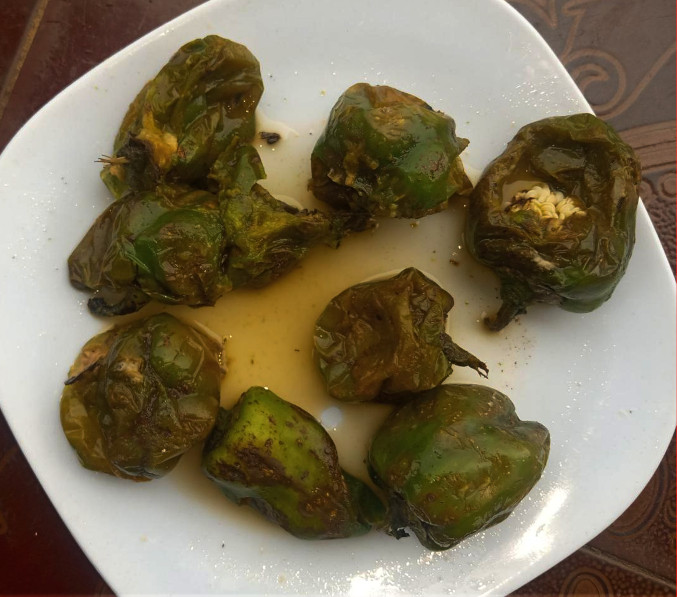
Building a food secured Africa

The green pepper is a highly nutritious vegetable, and a great addition to your diet. It is simply unripe red or yellow bell pepper. It is quite interesting to note that the green pepper can also pass as a type of fruit because of its slightly bitter taste.
However, the nature of cultivating the green pepper requires careful observation of the seed crop and soil so as to be able to detect any undesired changes in the course of maturity.
Let us briefly review some of the prevalent causes of blossom green pepper rots after harvest.
LACK OF CALCIUM CONTENT
It is important to note that pepper plants need Calcium for the fruits to develop strong, thick walls. That is to say, a deficiency in calcium will result in rots in the blossom-end of green pepper.
EXCESS MOISTURE CONTENT
Peppers do not tolerate water saturated soils and the green pepper is not an exception. It should be planted in a well draining soil or raised bed. One also needs to ensure that the green pepper is planted in an area that receives full sunlight for most of the day.
EXCESSIVE APPLICATION FERTILIZERS
There is usually the tendency to over-fertilize the soil before planting because of the desire to produce maximum outputs. However, that can be dangerous to the green pepper crop because it causes delayed flowering and fruiting which may result in unhealthy fruits. The best way to manage this situation is to apply little portions of fertilizers directly to nursery beds before translating.